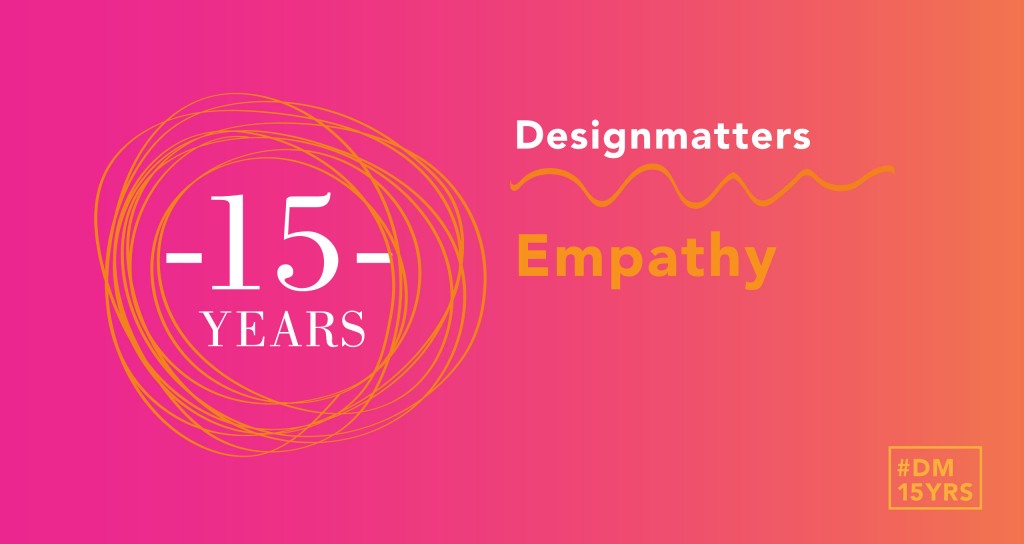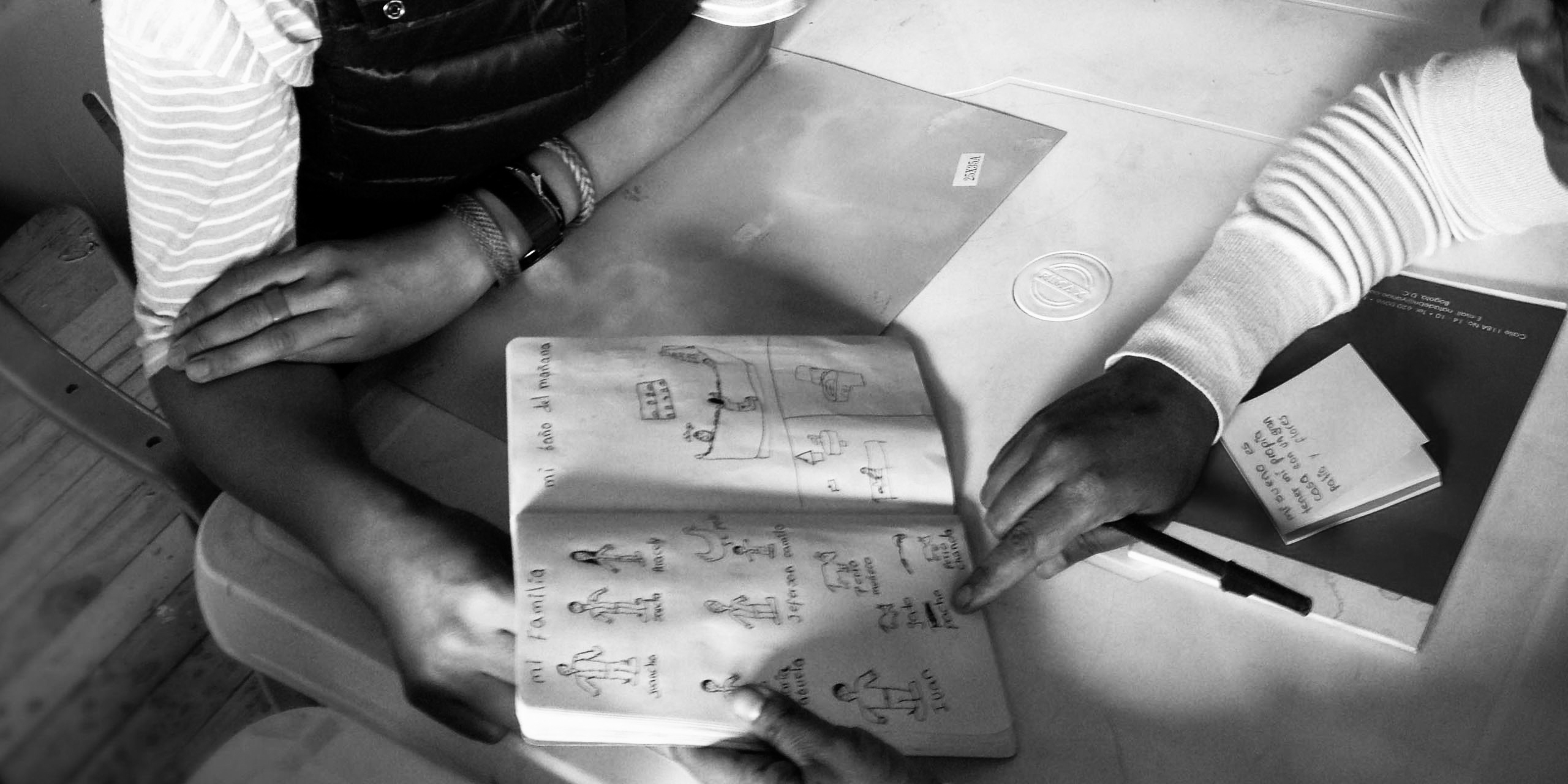 In 2013, anthropologist Lindsay Bell described a North American “empathy boom,” citing Barack Obama’s 2006 declaration of an “empathy deficit” alongside recent publications like Jeremy Rifkin’s Empathic Civilization (2010) and pop psychologist Brené Brown’s 3-minute YouTube video on empathy that has, to date, garnered over 5 million views. It would seem that empathy is not simply a buzzword or, as Bell writes, “perspective taking, withholding judgment, and dwelling with the people we work with”, but also a kind of political mandate: a call to, in Obama’s words, “find common ground.”
In 2013, anthropologist Lindsay Bell described a North American “empathy boom,” citing Barack Obama’s 2006 declaration of an “empathy deficit” alongside recent publications like Jeremy Rifkin’s Empathic Civilization (2010) and pop psychologist Brené Brown’s 3-minute YouTube video on empathy that has, to date, garnered over 5 million views. It would seem that empathy is not simply a buzzword or, as Bell writes, “perspective taking, withholding judgment, and dwelling with the people we work with”, but also a kind of political mandate: a call to, in Obama’s words, “find common ground.”
How might this call to empathy be operationalized in the context of design education and, more broadly, design for social impact? A designer’s desire to change the world can be incompatible with empathy, which necessitates relinquishing the impulse to remake the world as it should be in favor of grasping the world as it is for others. Criminologist Juliet Rogers has acknowledged that this process “always requires some degree of narcissistic identification; the ‘how-would-I-feel-in-their-shoes’ form of empathy, which always requires self-reference.”
This is the paradox of empathy: we cannot step out of our shoes and into someone else’s, but we must try. Ta-Nehisi Coates’ offers muscular empathy as a rigorous alternative to “a soft, flattering, hand-holding empathy. […] If you really want to understand slaves, slave masters, poor black kids, poor white kids, rich people of colors, whoever, it is essential that you first come to grips with the disturbing facts of your own mediocrity.” So we must relinquish, along with our utopianism, the belief in our exceptional abilities to do better than others have done—a bitter pill for any designer to swallow.
Neither Rogers nor Coates makes any promises for those who seek to correct their assumptions through research or account for misunderstandings through dialogue, because these acts in and of themselves cannot, as Rogers admits, refute or displace those assumptions. In other words, curiosity is not a remedy. It is only, to use an educator’s term, a prerequisite.
Arden Stern
Assistant Professor, Department of Humanities & Sciences
________
Works Cited
Bell, Lindsay. “Anthropology, Empathy and the Other Regarding Emotions.” Savage Minds 23 Dec. 2013. Web. 19 Jan. 2015.
“Empathy: A Short Conceptual History and An Anthropological Question.” Savage Minds 29 Dec. 2013. Web. 19 Jan. 2015.
Coates, Ta-Nehisi. “A Muscular Empathy.” The Atlantic 14 December 2011. Web. 19 Jan. 2015.
Obama, Barack. The Audacity of Hope: Thoughts on Reclaiming the American Dream. New York: Crown Publishers, 2006.
Rogers, Juliet. Law’s Cut on the Body of Human Rights: Female Circumcision, Torture and Sacred Flesh. New York: Routledge, 2013.
________
Arden Stern is a design historian whose scholarship focuses on graphic design and visual culture. Her research interrogates the intersections between graphic design, globalization, urban development, and discourses of craft. She teaches in the Department of Humanities & Sciences and the graduate program in Media Design Practices at ArtCenter College of Design.
Help us celebrate 15 Years of Designmatters by using the hashtag #DM15Yrs
Catch up on the entire campaign at designmattersatartcenter.org/category/dm15
For the latest Designmatters news follow us on Twitter and IG @DesignmattersCA

#DM15yrs campaign designed by Vina Rostomyan
